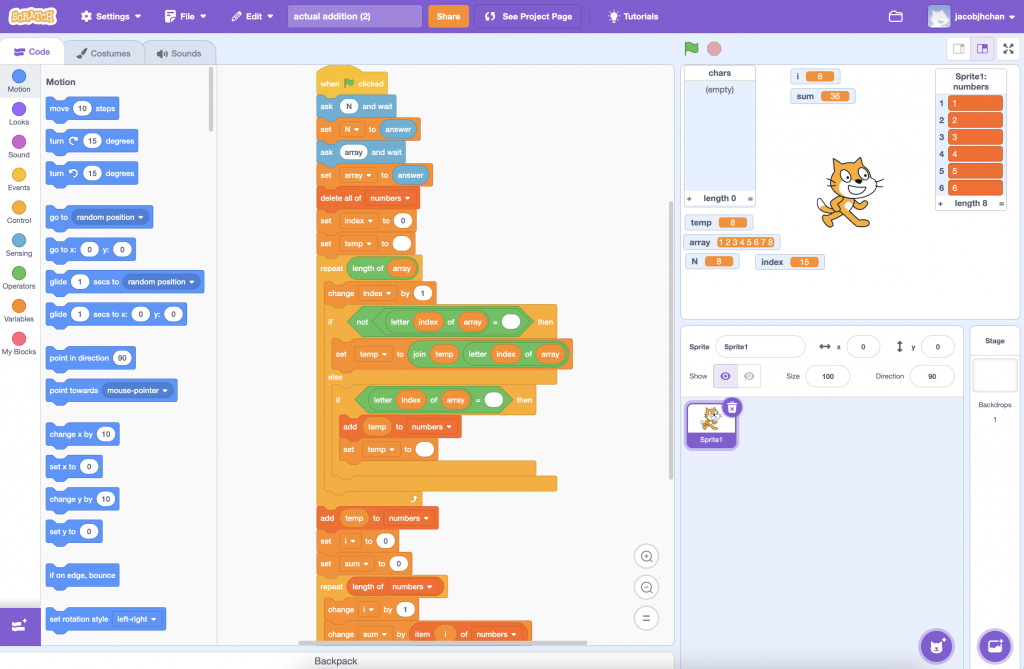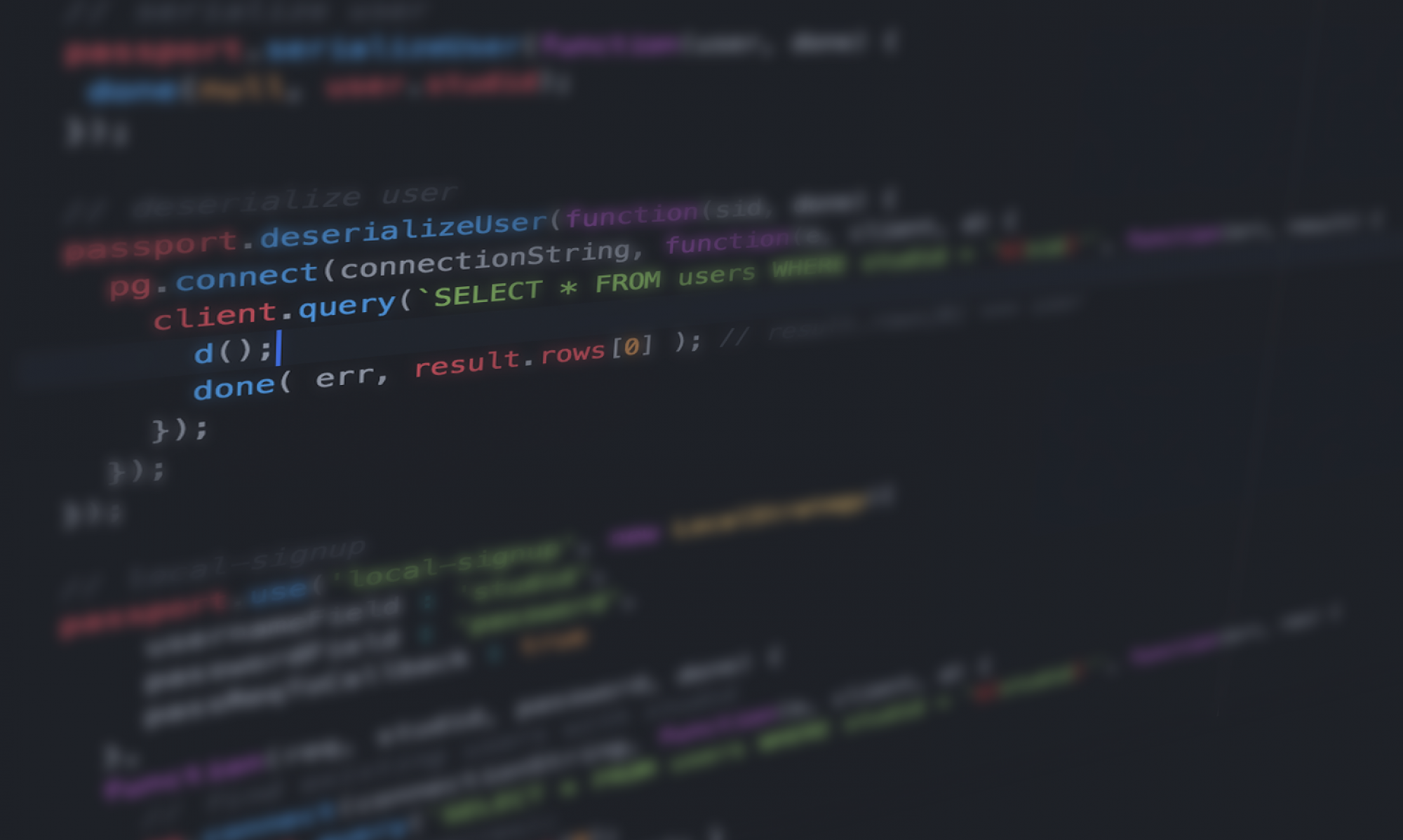Technology plays a crucial role in teaching computer science and programming concepts to K-12 teachers. The most effective technology tools include interactive coding platforms such as Scratch, Snap! and Blockly. These tools provide a user-friendly interface and visual coding blocks, allowing students to learn programming concepts through hands-on activities and projects (Kashif Amanullah & Bell, 2020). Additionally, online learning platforms such as Code.org offer computer science platforms specifically designed for K-12 teachers. This blog examines various technologies used to teach CS in K-12 schools, drawing insights from a comprehensive study on visual programming languages (VPLs) and their suitability across different school levels.
Role of VPLs in K-12 Education:
VPLs like Scratch and ALICE have revolutionized CS education in schools. Scratch, developed by MIT, is particularly effective in elementary education due to its simplicity and interactive environment, making it an ideal tool for introducing programming concepts (Sáez-López et al., 2016). Although not web-based, ALICE has positively impacted all educational levels – elementary, high school, and undergraduate. Its ability to facilitate learning and enhance student confidence makes it an asset in the CS curriculum (Graczynska, 2010). In a 2019 study, do Nascimento et al. concluded that different visual programming languages (VPL) suit different school levels. The study focused on three VPLs: ALICE, Scratch, and iVProg. The findings indicate that Scratch is strongly suitable for elementary education, while ALICE is more appropriate for high school students. iVProg, on the other hand, has indications of suitability for high school and undergraduate levels.
Enhancing Computational Thinking with Scratch
Studies have shown that Scratch’s block-based programming approach can significantly improve students’ computational thinking skills. Its integration into various disciplines through programming games and projects encourages creative problem-solving and logical reasoning among students (Stewart & Baek, 2023). In a significant study, Scratch was also found to integrate well into other subjects in the curriculum, such as math, science, and even art and history, where students achieved comprehension and application levels in Bloom’s taxonomy (Sáez-López et al., 2016).

The advantages of using Scratch in the classroom are that its intuitive drag-and-drop interface simplifies the programming process, allowing students to focus on the logic behind their creations rather than the code syntax. Overall, the visual programming approach via Scratch was effective for developing computational thinking, improving programming skills, enabling the creation of interactive projects, and supporting active learning pedagogies (Sáez-López et al., 2016). This is significant since Sun, Hu, and Zhou (2022) found that although girls in K-12 had higher computational thinking skills, they had more negative programming attitudes, which may impact their continued development in computational thinking. Visual programming may be a good strategic approach to engage females in computer science.
ALICE for STEAM Education
ALICE (which stands for Alice Learning in a Cyberworld Environment) is a free 3D programming platform developed at Carnegie Mellon University. The visual aspect of ALICE makes programming concepts more engaging and hands-on for students. Actions like loops, methods, and events correspond to actual animated motions they can see on screen. This helps concretize abstract coding notions that beginners often struggle to grasp.

Graczyńska (2010) highlights several example uses of ALICE targeted at middle school students:
- Creating videos set to music, with lyrics displayed as subtitles. This combines coding with music appreciation and language arts.
- Recording narration for animations, like reciting poetry in English or other languages. This boosts public speaking and foreign language skills.
- Building simple games with sound effects and animations like fire. This makes programming exciting and fun.
After testing ALICE with students, Graczyńska found increased engagement and interest in programming and academics overall. The visual nature of ALICE also helps attract female students to computer science, where they are traditionally underrepresented.
The use of 3D visual programming tools like Alice has shown positive effects on students’ performance and attitude towards computer programming. Al-Tahat (2019) found that teaching visual programming greatly improved understanding of related concepts in object-oriented programming, making it a perfect fit for the intermediate grades.
Challenges and Future Directions:
The adoption of these technologies in K-12 computer science (CS) education has shown promise, yet challenges remain to be addressed. There is substantial evidence that incorporating VPLs into the K-12 curriculum significantly boosts female engagement (Sun et al., 2022; Graczyńska, 2010). Therefore, it is important to focus on course design that appeals to diverse learners, including females and underrepresented minorities. Additionally, ongoing research and development are necessary to keep up to date with technological progress and the changing needs of education (McGill et al., 2023). Sáez-López et al. (2016) have suggested that VPLs should be implemented across various subjects, particularly in social sciences and the arts, where their visual nature can inspire creative projects. Lastly, the successful integration of new programming tools hinges on teacher training and professional development. Teachers need robust support to acquire and apply these technologies effectively.
References
Kashif Amanullah, & Bell, T. (2020). Teaching Resources for Young Programmers: the use of Patterns. https://doi.org/10.1109/fie44824.2020.9273985
Sáez-López, J.-M., Román-González, M., & Vázquez-Cano, E. (2016). Visual programming languages integrated across the curriculum in elementary school: A two year case study using “Scratch” in five schools. Computers & Education, 97, 129–141. https://doi.org/10.1016/j.compedu.2016.03.003
Graczyńska, E. (2010). ALICE as a tool for programming at schools. Natural Science, 02(02), 124–129. https://doi.org/10.4236/ns.2010.22021
do Nascimento, M. D., Felix, I. M., Ferreira, B. M., de Souza, L. M., Dantas, D. L., de Oliveira Brandao, L., & de Oliveira Brandao, A. (2019). Which visual programming language best suits each school level? A look at Alice, iVProg, and Scratch. 2019 IEEE World Conference on Engineering Education (EDUNINE). https://doi.org/10.1109/edunine.2019.8875788
Stewart, W., & Baek, K. (2023). Analyzing computational thinking studies in Scratch programming: A review of elementary education literature. International Journal of Computer Science Education in Schools, 6(1), 35–58. https://doi.org/10.21585/ijcses.v6i1.156
Sun, L., Hu, L., & Zhou, D. (2022). Programming attitudes predict computational thinking: Analysis of differences in gender and programming experience. Computers & Education, 181, 104457. https://doi.org/10.1016/j.compedu.2022.104457
Graczyńska, E. (2010). ALICE as a tool for programming at schools. Natural Science, 02(02), 124–129. https://doi.org/10.4236/ns.2010.22021
Al-Tahat, K. (2019). The Impact of a 3D Visual Programming Tool on Students’ Performance and Attitude in Computer Programming. Journal of Cases on Information Technology, 21(1), 52–64. https://doi.org/10.4018/jcit.2019010104
